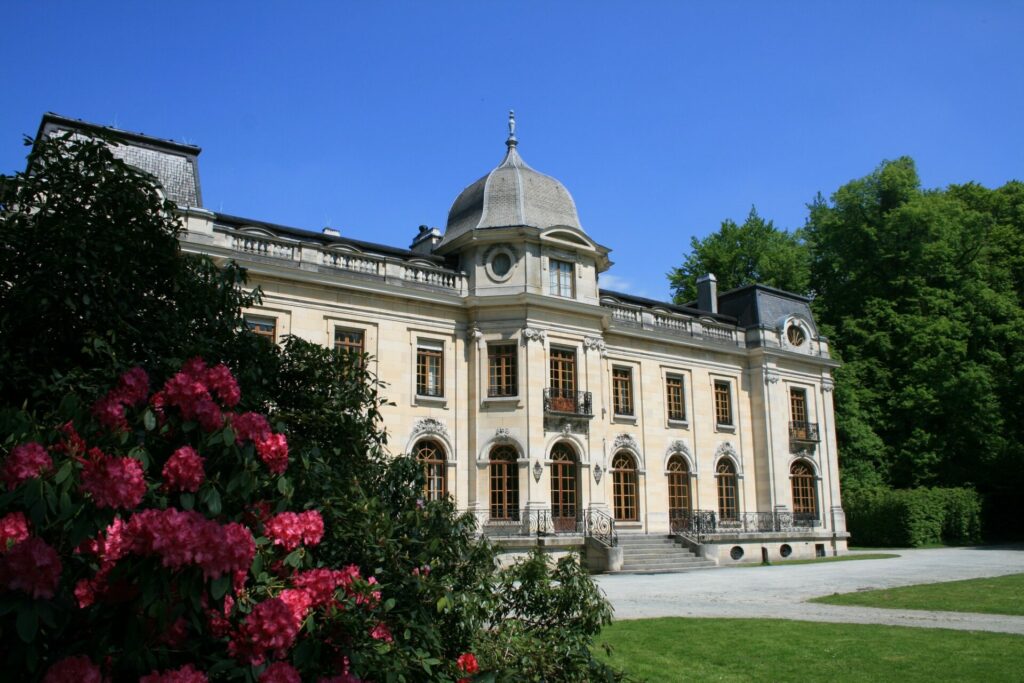
On the 1st of May, families are invited to visit 32 castles in Wallonia for the third edition of "Family Castle Life" organised by the Secretariat of the European Heritage Days.
The program will offer guided tours, activities, educational games and treasure hunts for children in some of the Belgium's most historic buildings. The numerous activities provided will raise awareness of archaeological heritage.
The Youth and Heritage Days event was originally a school event but recently changed to a family event in 2019. Among the 32 castles include Château de Jehay, Château de la Fraineuse, Château de Franchimont, Château de Bonne Espérance and Château de Fallais.
The event is free of charge, but some of the locations require a reservation to be made in advance including Châteu de Fallais and Château de Freÿr. More information about the event and how to reserve a spot can be found in the brochure located on the organisation's website.
Château de Jehay
Château de Jehay is from the 16th century during the time of the Mosan Renaissance. It is famous for its checkerboard pattern on the walls and is surrounded by moats.
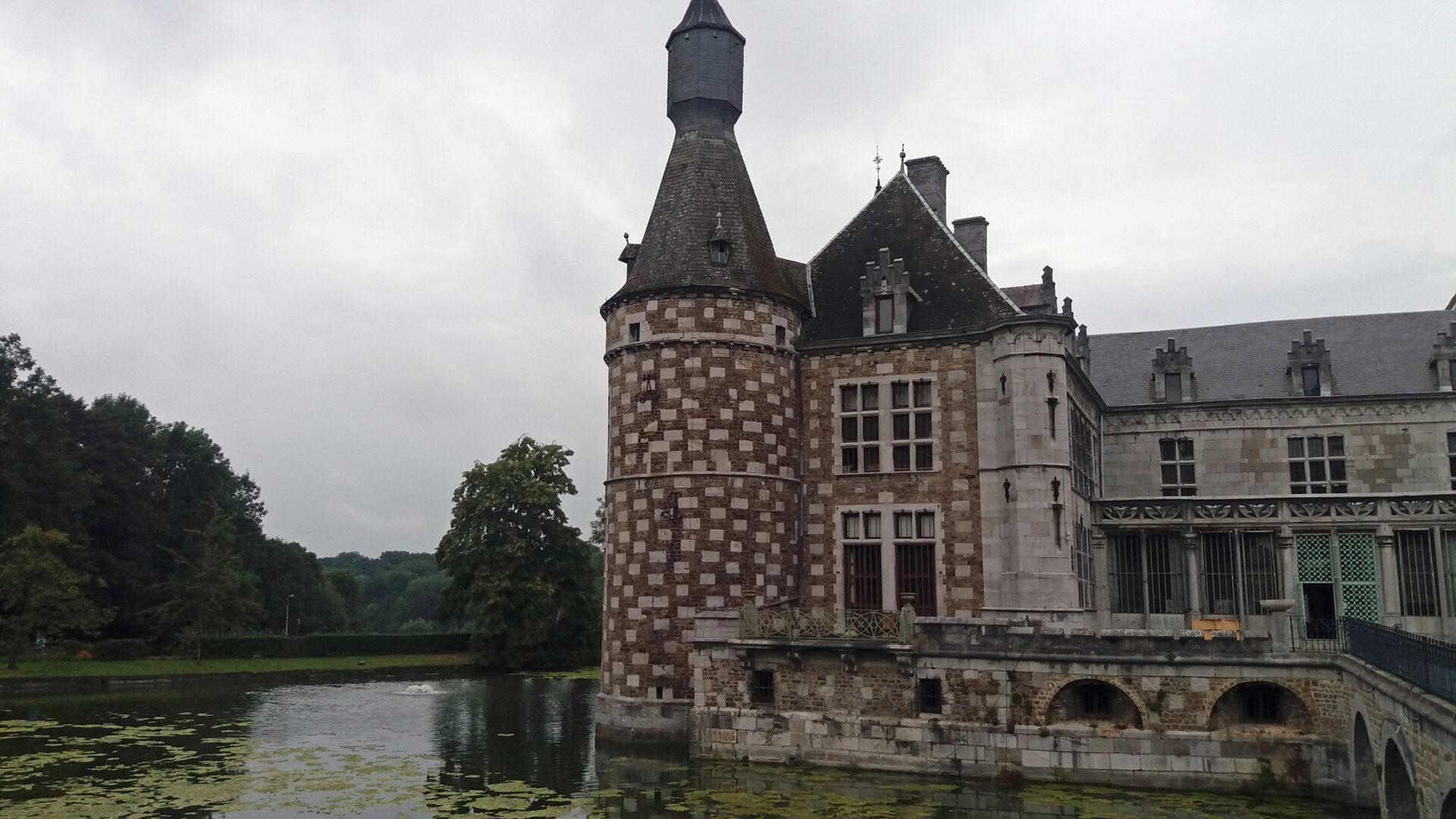
The 'Chateau de Jehay' castle in Amay, Monday 29 August 2016. Credit: Belga / Marc Gochel
The castle underwent renovations in the 19th century and adopted a Gothic Revival style. During the Second World War, the castle was used as a shelter for displaced children of the Belgian Railway workers. After the war, the castle began to fall into disrepair. Once Comte van de Steen bought the castle he began restoring the castle's furniture and interior.
Related News
- Wallonia opens up doors of 33 castles to public for free this Sunday
- Flemish Brabant's Gaasbeek Castle reopens on 1 July
The castle grounds boast of beautiful Italian gardens sprinkled with copper sculptures for visitors to admire. There is also a garden and an old ice house that was build in the 19th century to store ice located on the grounds.
Château de la Fraineuse
The Château de la Fraineuse is located in Spa, Belgium. The castle was a creation of Charles Soubre, a Belgian artist. It is a neoclassical style and symmetrical with its porch and columns.
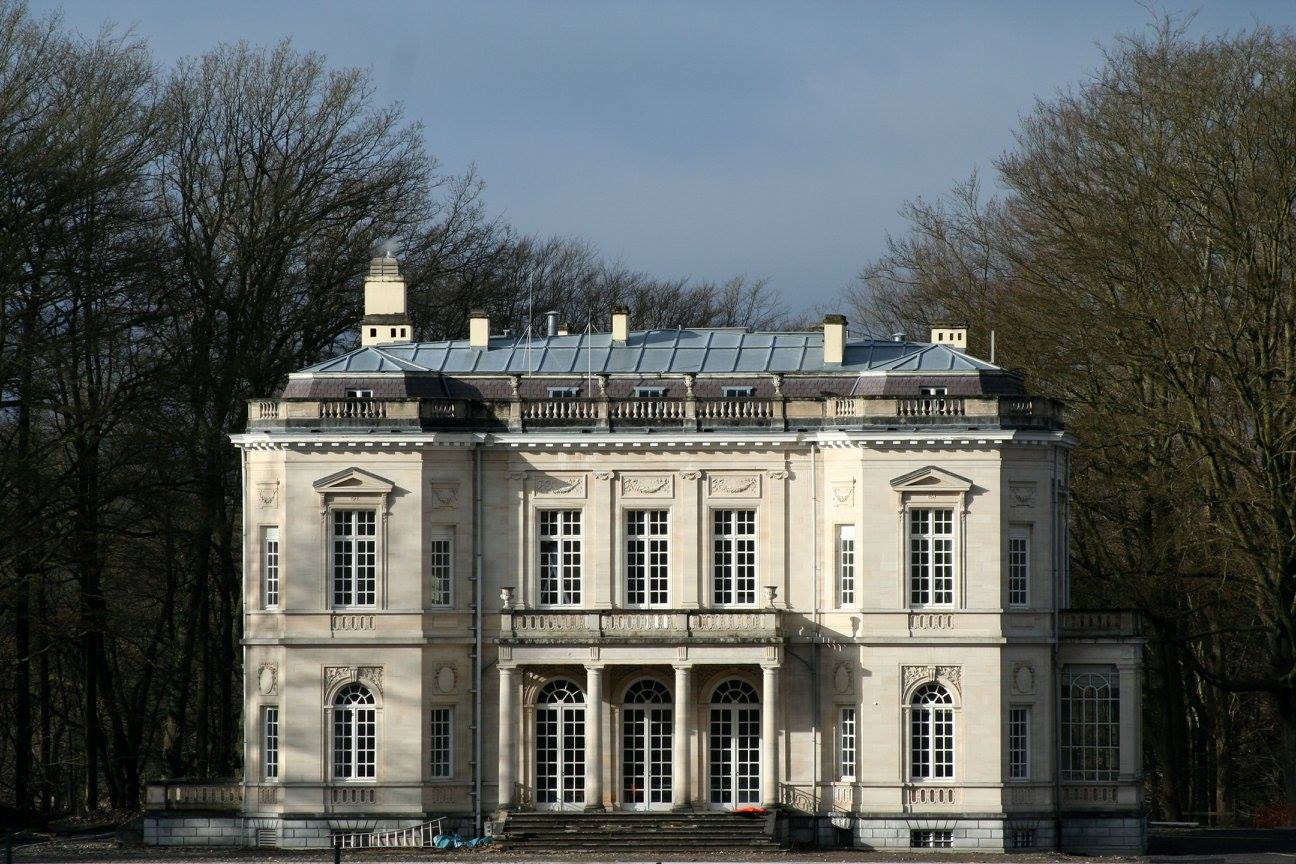
Credit: Facebook / Un Air de Chât
In the 19th and 20th century, Spa became a destination for the aristocrats and bourgeois to vacation in the summer. The castle was originally a part of the Nivezé estate which comprised of several villas that have since disappeared. During the First World War, the castle became residence for German Kaiser Wilhelm II and in 1920 hosted the diplomatic conference on the reparations owed by the Germans to Allies.
Château de Franchimont
The Château de Franchimont is located in Ardennes and used to be one of the 12 residences of the Liège bishop who defended the state from the 11th and 12th century.
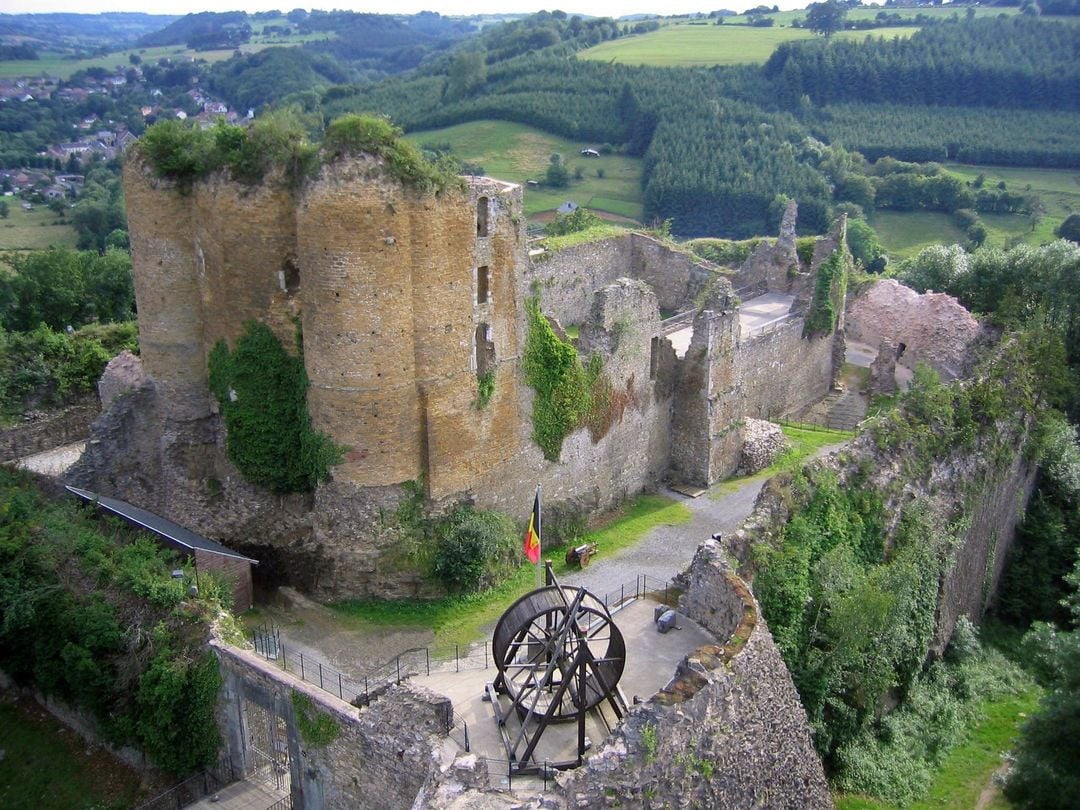
Credit: Facebook / Château De Franchimont
Parts of the castle were destroyed during the French Revolution but the ruins remain visible today. Visitors are able to learn about the evolution of military architecture and weaponry. Several of the castle's features have been restored such as the dungeons, bread oven, guard room and pillboxes.
Château de Bonne Espérance
This château's name translates to "Castle of Good Hope". It was a residence from the 16th century and today has been transformed into a bed and breakfast. Nothing remains of the ancestor to the current building. The original limestone from the tower dates back to 1588.

Credit: Facebook / Castle of Good Hope
The ruins of the property belonged to the Templars in 1588. Today, the property includes a park planted with century-old trees, a pond and is located near a hiking trail.
Château de Fallais
The Château de Fallais was constructed around the year of 1150 by the Beaufort family. The castle is a gothic architecture and has continuously been restored since its construction. In the 15th century the castle belonged to Charles the Bold, the former Duke of Burgundy.
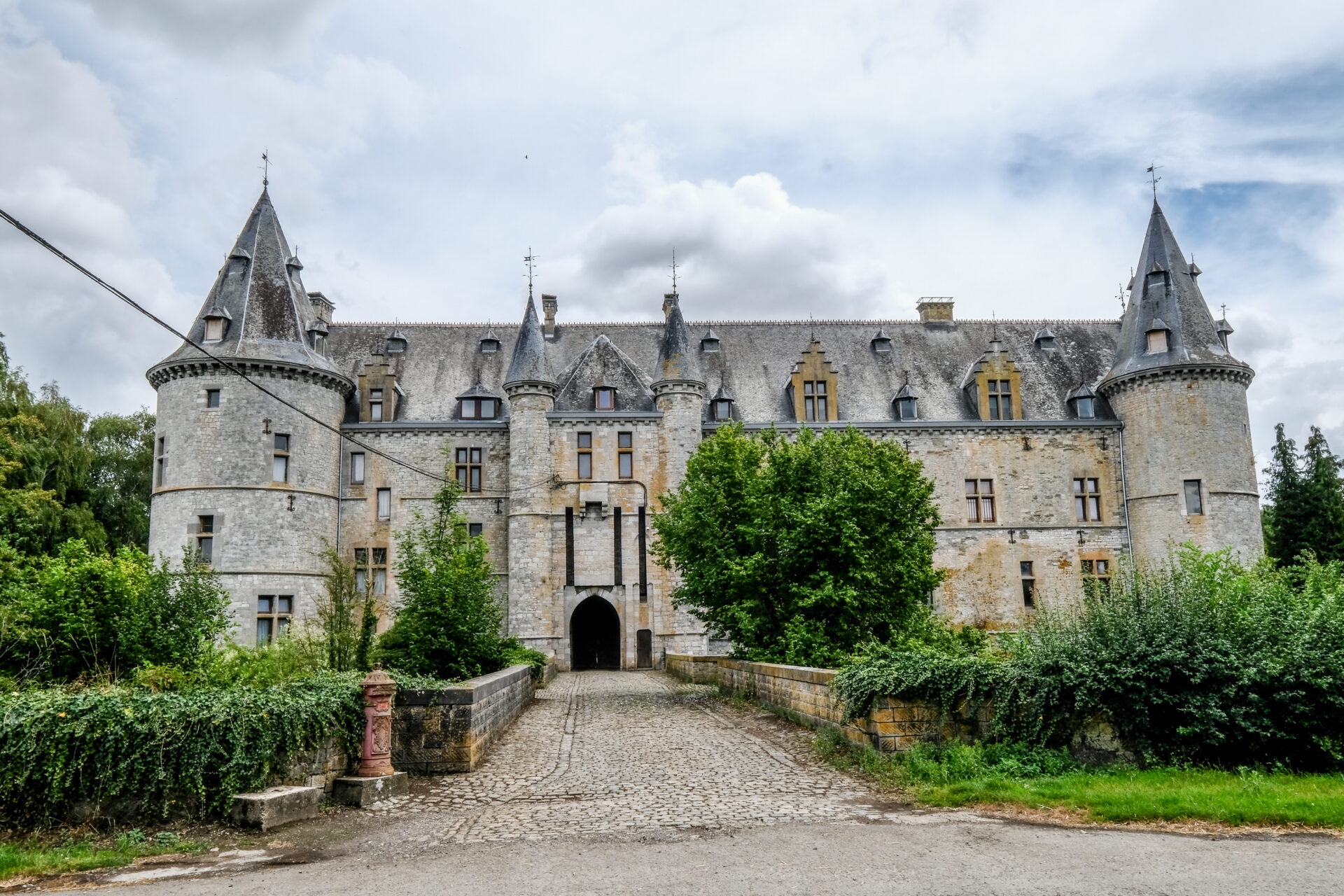
The Fallais castle in Braives, Sunday 26 July 2020. Credit: Belga / Bruno Fahy
Today, the castle offers guided tours families and school groups. There is a play area for children as well as a park to explore on the castle grounds.
https://www.brusselstimes.com/belgium/473804/32-walloon-castles-to-open-their-gates-to-public?utm_term=Autofeed&utm_medium=Social&utm_source=Facebook&fbclid=IwAR0OTm0knNIvOO6kx-Itdfjqx33FTYFW6mkQNmdHcCuaSSGeYAHi4CtTo_c#Echobox=1682482549

